- A project to reintroduce white rhinos in western Zimbabwe has been launched for the first time on community-owned land.
- Two rhinos have so far been released in a small sanctuary comprising grazing land voluntarily donated by villages located near the southern boundary of Hwange National Park.
- A key pillar of the rhino protection strategy has been to recruit scouts from the local community and compensate them fairly.
- As it grows, it’s hoped the sanctuary will raise tourism dollars for community development, and also create a buffer zone to protect farmers’ crops and livestock from Hwange’s elephants, lions and hyenas.
TSHOLOTSHO, Zimbabwe – Two men crouch beside a pile of rhino dung, using their bare hands to break apart the drying lumps to search for the remnants of the animal’s last meal.
“There are some nice thick grasses in here,” says Daniel Terblanche, recording his observations on his phone camera and then sending the video clip to a wildlife vet in Zimbabwe’s resort city of Victoria Falls, more than 200 kilometers (124 miles) to the north.
“Cool, mission accomplished,” he says to his companion, Bokani Mpofu.
Dung analysis is one of the less glamorous tasks that are part of the job of the “Cobras”, a crack anti-poaching unit recently formed to protect what will soon be a new population of white rhinos (Ceratotherium simum) released for the first time in Zimbabwe into a 200-hectare (494-acre) wholly community-owned area. Terblanche, a British army veteran, recruited and trained the Cobras; Mpofu is one of them.
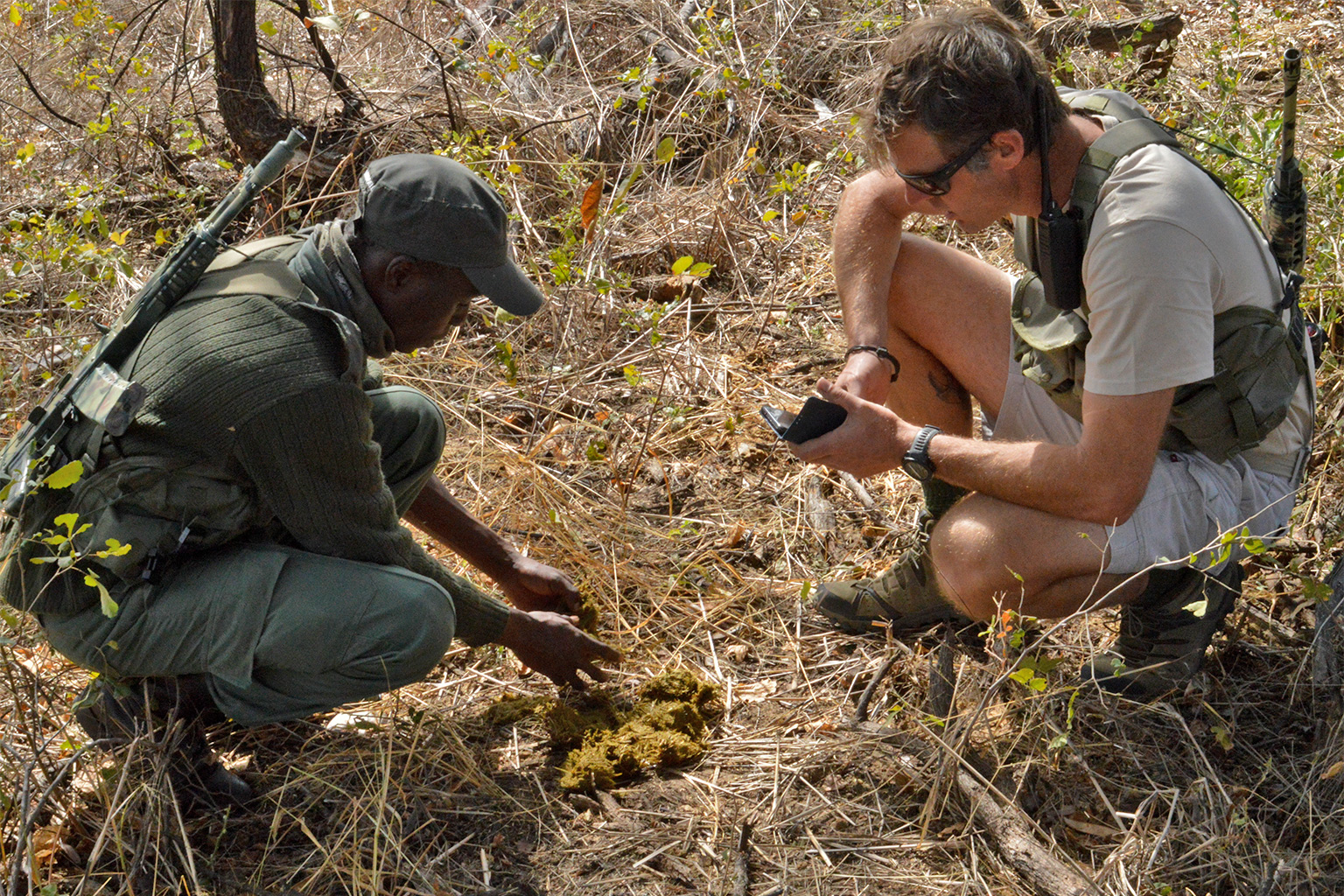
The grass in this particular dollop of dung includes couch grass (Cynodon dactylon), a native green species that grows ankle-high among the golden grasses that sway beneath the camel thorn and leadwood trees. It is encouraging. It shows that the first two rhinos are adapting to their new habitat, which lies more than 700 kilometers (435 miles) from their previous one on the privately-owned Malilangwe Wildlife Reserve in the opposite corner of Zimbabwe.
Rhino bulls Thuza and Kusasa were released June 27 from an acclimatization pen into a secure area of land donated by villagers in an administrative zone known as Ward Three, on the border of Hwange National Park, made famous by Cecil the Lion. Until now in Zimbabwe, rhinos like Thuza and Kusasa – the former meaning “push through” and the latter meaning “tomorrow” in the local Ndebele language – have been confined to national parks or private reserves like Malilangwe.
The bold conservation initiative has been three years in the making and received strong support from the local community, who retain ownership of the land and receive well-compensated jobs. It plans to restore a viable population of white rhinos in a region where they were wiped out by poachers nearly 20 years ago.

Known as the Community Rhino Conservation Initiative (CRCI), the project is the brainchild of Mark Butcher, a former game ranger with a passion for Hwange’s wildlife and human communities. He is now managing director of Imvelo Safari Lodges, the company that founded and helps to run the rhino project. Imvelo also runs two photographic safari camps in the area.
“The community at large is happy to see the rhinos back in this area, especially the elderly people,” says Johnson Ncube, the headman of Ngamo, one of the two villages that donated land to the project. In an interview at his homestead beneath a mulberry tree alive with the fluting calls of common myna birds, he tells Mongabay he remembers seeing white rhinos roaming free in this ward in the 1970s. That was before the animals were targeted by poachers, forcing those that were left to retreat into Hwange National Park, where they were in theory safer.
But there, too, poachers targeted them. The last sighting of a white rhino in this area was around 16 or 17 years ago, locals say.
“Our children did not know what a rhino was,” says Ncube. “But they are back in their home for now.”


Strategies to keep the bulls safe
Protecting the rhinos from poachers is top of everyone’s mind – while keeping the community happy. The community voluntarily gave land previously used for grazing and firewood, and still view the land as theirs.
“Before people thought, maybe this thing will be like parks whereby at the end people won’t benefit. But we said, ‘No, this is a community thing, it’s not in the park. It’s under the community and the operator [Imvelo]: meaning as an individual, you own that project. Even the youngest – the one-year-old – it belongs to that person’,” Busani Moyo, headman of Nganyana Village, tells Mongabay.
The perimeter of the sanctuary is secured with an electric fence. A sentry with an automatic weapon stands guard.
Hannah Tranter, a project manager for the CRCI, tells Mongabay that the Cobras are trained to arrest people, not enter into armed combat, unless someone enters the sanctuary with a rifle with the obvious intention to poach the rhinos.
A short drive away is Camp Charlie, the command center of the Cobras. A flag with a cobra’s head flutters in the wind. Scouts deploy on round-the-clock patrols. The rhinos’ movements are also monitored on a computer screen in the command center.
A key pillar of the strategy has been to recruit scouts from the local community and compensate them fairly. Conflict, human rights abuses and poaching by rangers at conservation parks in other parts of the continent have been linked to low-paying guard jobs.
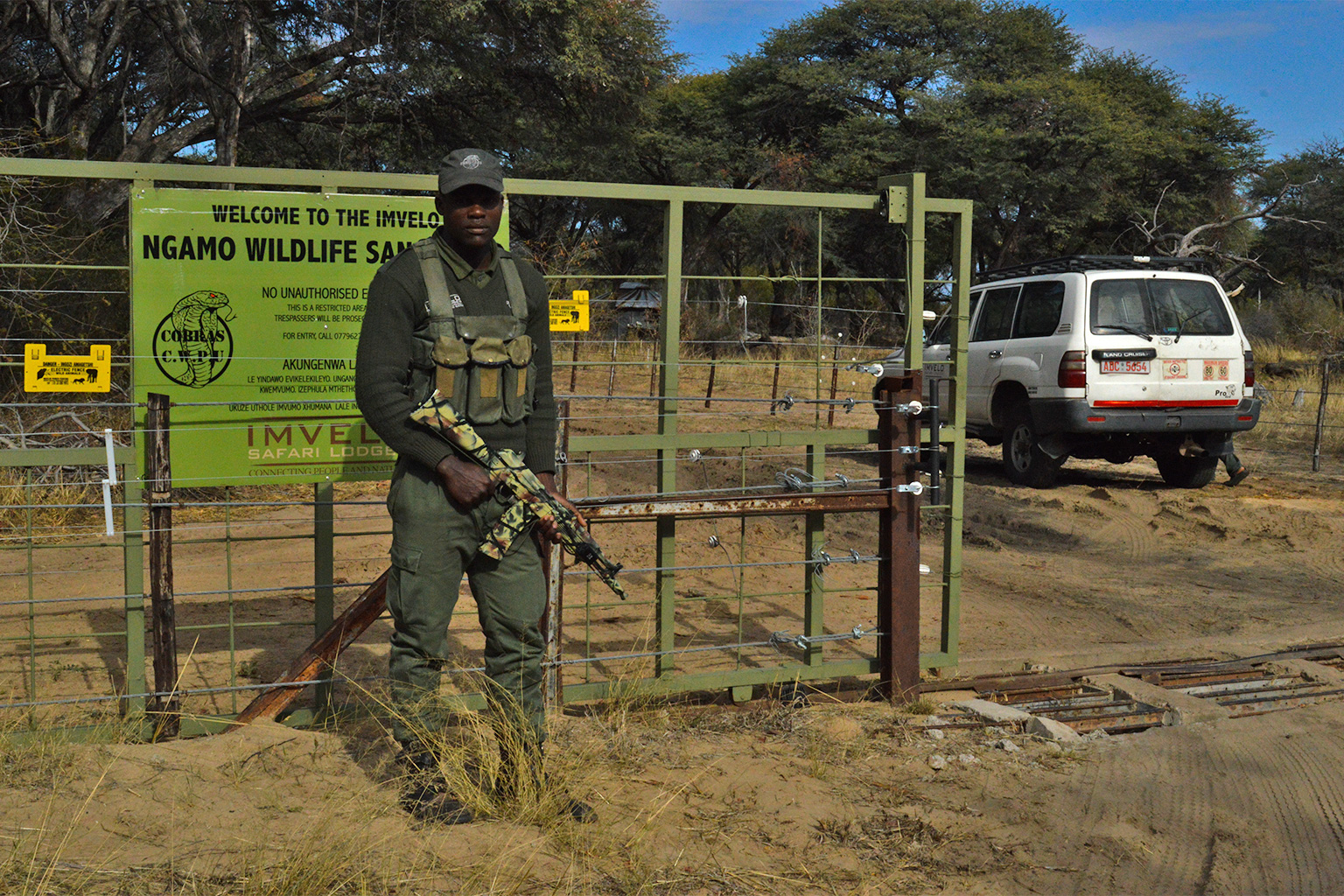
At CRCI, the lowest-paid ranger gets around $260 per month, which is more than what a teacher at a government school receives. The Cobras also get perks, including school bursaries for their kids, skills development, good accommodation, medical support and food rations. Some rangers see their jobs as a stepping stone and unique opportunity to progress into other fields or higher ranks.
“We’ve employed a lot of these youngsters with no jobs. Those were the very kind of people who might have done some poaching,” says Ncube. “Now, each and every person, as they grow up, will say they want to become one of the Cobras.”
Kwanele Ncube, 26, nicknamed “Poacher” because he used to be a poacher, says he faced criticism from his father, who lives in the southern city of Bulawayo, for joining the Cobras. “My dad said, ‘If you’re not going to poach, where are you going to get meat and sell it?’”
But Ncube, who openly admits to poaching in the past small antelope such as steenbok and birds like helmeted guineafowl, says his attitude has now changed. He sees his job as an opportunity to learn about wildlife conservation and fulfill his ambition to one day become a professional safari guide.
“I’m learning, as well as doing,” he says, adding that he uses his monthly salary to support his mother, his wife, his sister and his own two children.
“I’m the one who’s going to take care of them,” he says.

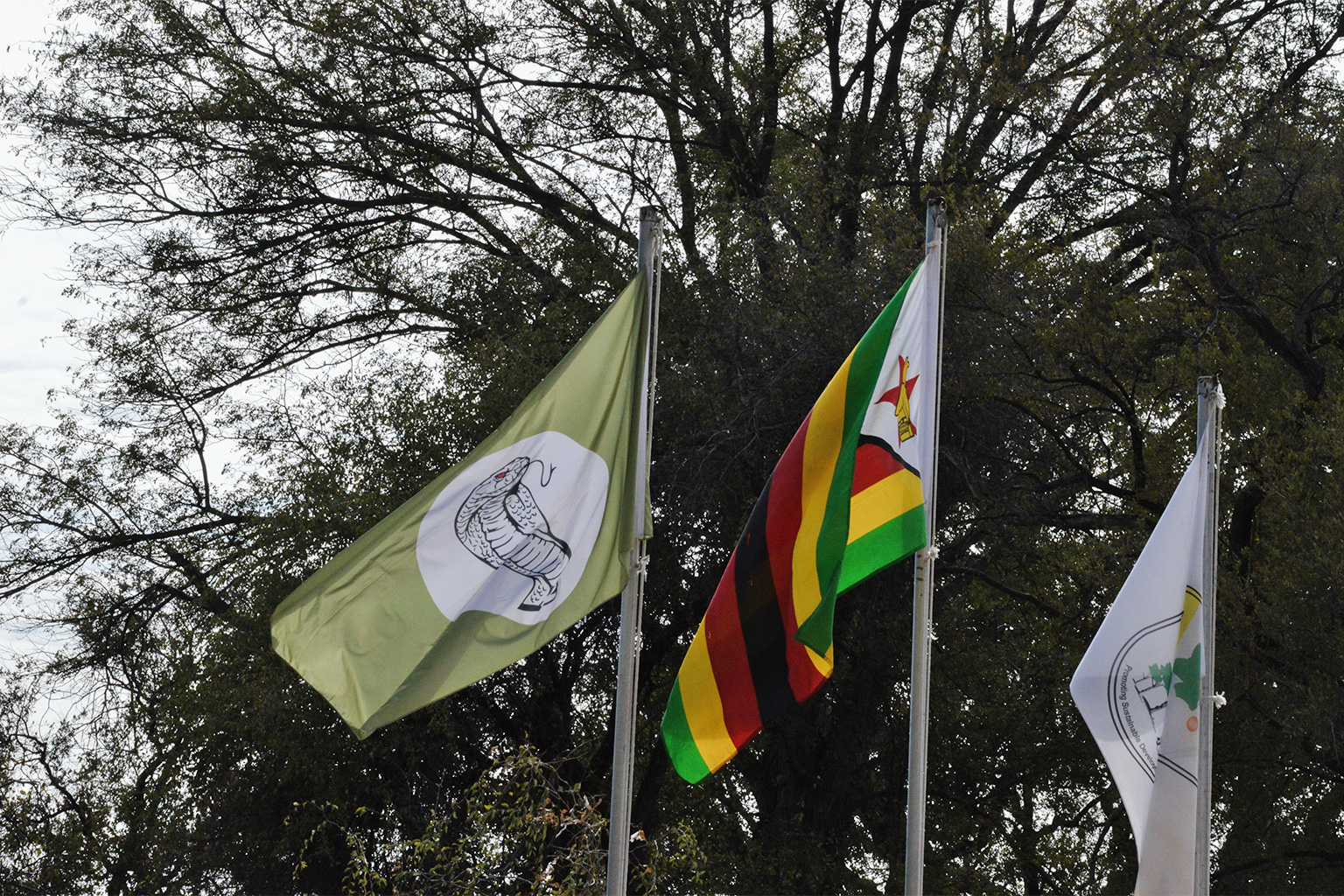
Terblanche, the former soldier who is now head of security for the CRCI, is mindful of the huge responsibility he and his team have.
“The risks are probably higher than they are in national parks,” he explains. Compared to national parks that have more barriers protecting rhinos from poachers, people can walk right up to where the rhinos are being kept in the CRCI sanctuary. “However, the way I’ve trained these guys and set this thing up […] right now in order to get to one of those animals, you’re going to need to go through at least eight people.”
Wisdom Mdlongwa is a former volunteer teacher from Sitambala Village. He went through the grueling Cobra selection process which included running 15 kilometers (10 miles) without a rest, pushing vehicles through the thick Kalahari sands of the district, and carrying a heavy rock on his shoulder. If he hadn’t got this job, the 27-year-old would have had to leave for South Africa to support his wife and child. He’s glad that’s not necessary now. His life is here in Tsholotsho. And if rhino tourism can help support him and others in the community, it’s worth the effort.
“We are promoting our area by guarding an endangered species,” he says.
The decision to introduce just two bulls in this initial phase of the project was also strategic.
“If you lose a bull, you lose one animal. If you lose a female, you lose 15,” Terblanche tells Mongabay, referring to the number of calves a female can produce over an average lifespan.
A second phase of the project is under discussion with the community. If the Cobras, with the support of villagers, can keep Thuza and Kusasa safe, a dominant bull and a female rhino will be introduced and a breeding population established.

Multiple incentives at hand
Life in Tsholotsho isn’t easy. There are few secondary schools in the district, unemployment is high, and not many make it to university. And big game, for many here, have led to devastating losses – of crops and of human life.
The previous night, hyenas attacked and killed a villager’s three donkeys, one of the Cobras tells Mongabay.
Donkeys are indispensable. They draw carts to carry thatching grass, firewood and water from community boreholes through the region’s keep Kalahari sands. Any other vehicle, apart from the four-wheel drive vehicles used by safari guides and wealthy self-drive guests, would get stuck.
Night raids by young male elephants are another grim fact of life here. Seventeen to 20 of them team up to destroy farmers’ crops in a region where subsistence agriculture is already precarious due to unreliable rains. Terblanche says: “That evening, your entire wealth, apart from your cattle, is gone. Maize, sorghum, millet, cabbage, carrots – whatever you grow – it’s gone.”
There are plans to extend the rhino project in phases along at least a third of Hwange’s 140-kilometer (87-mile) border with Tsholotsho. This area would potentially create a buffer zone that would discourage lions, elephants and hyenas from crossing through to kill livestock or destroy crops in Tsholotsho.
If other communities agree to participate and donate small portions of land like those given over in Ward 3, the project could ultimately create a conservancy of 50,000 hectares (124,000 acres) stretching from Ngamo to the national park’s Ndodana Gate, around 40 kilometers (24 miles) south-west of Ngamo.
For now, these plans hinge on the Cobras and the local community protecting Thuza and Kusasa, and the project luring more tourists.
Traditionally, Imvelo has supplied food aid through tourism revenue to those who lose crops or livestock to wild animals. It has also spent a lot of money on developing infrastructure and sinking boreholes in villages; pumping water for wildlife inside the park and providing school lunches for children.
But when COVID-19 hit, tourism dollars dried up. The Water for Wildlife Trust, the charity set up by Imvelo before the pandemic, took on all the community and conservation projects; during COVID the money had to come from donors rather than guests (though a number of the donors are former guests).
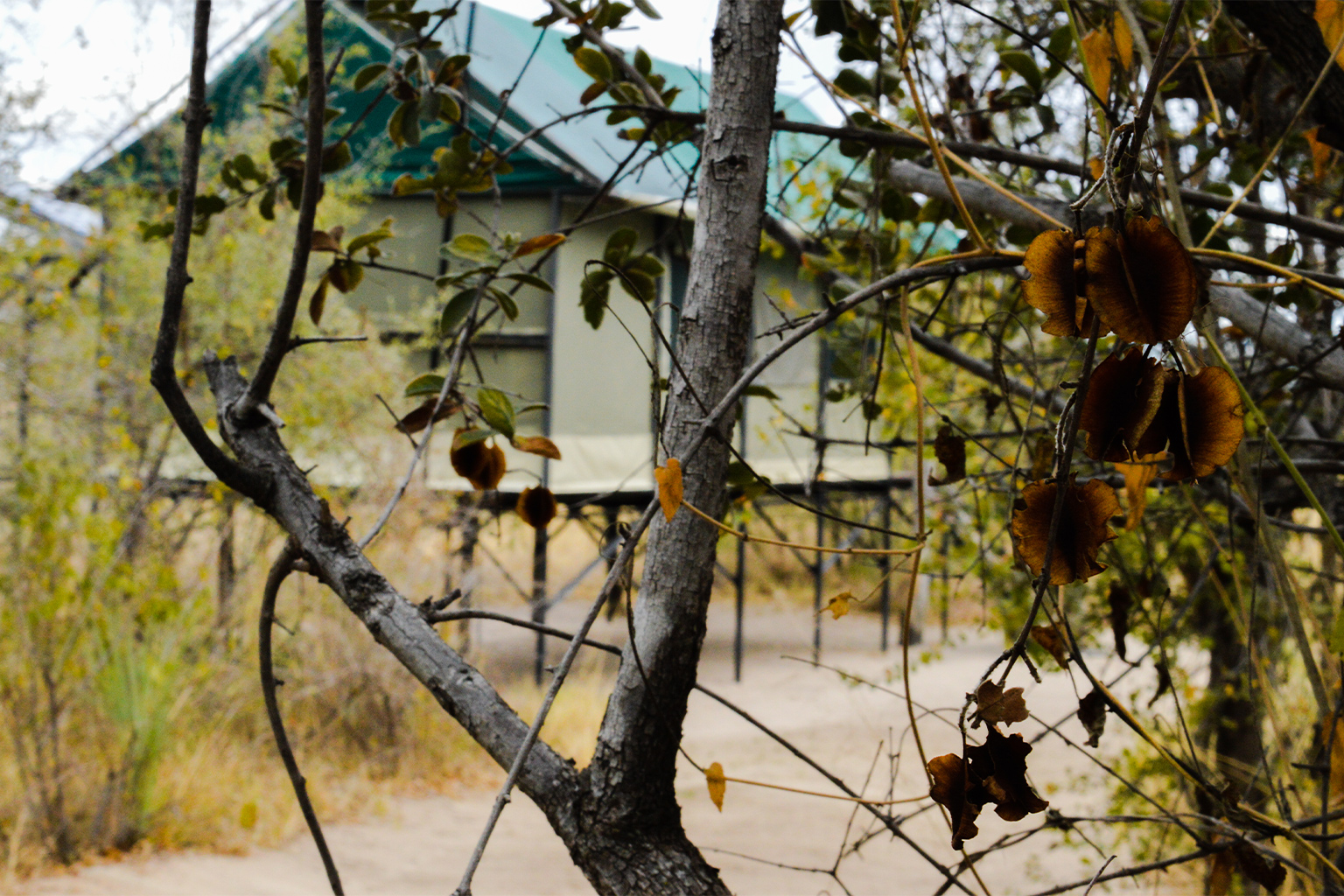
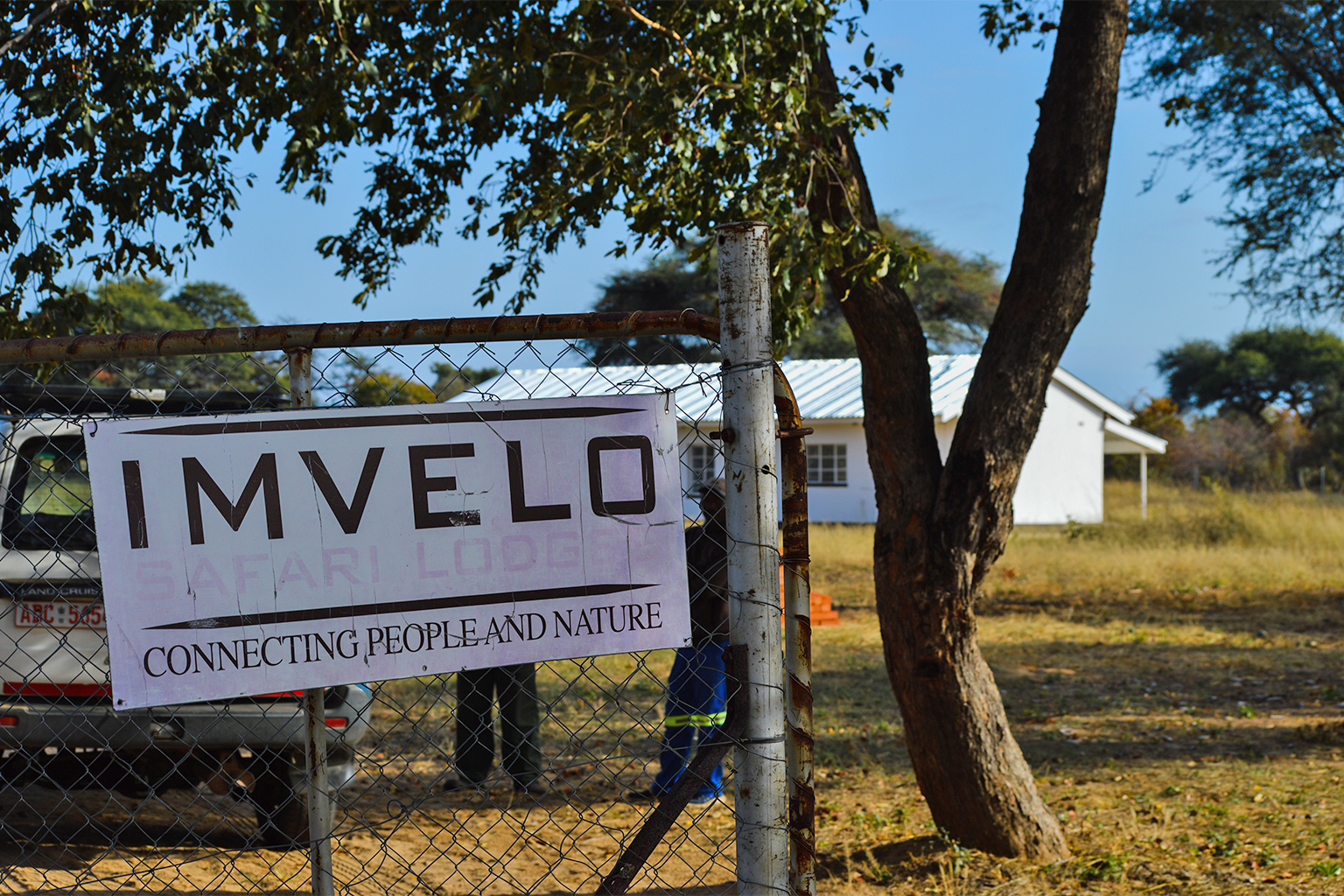
With tourism recovering, the plan now is for rhino tourists to also sustain the community, says Hannah Tranter, who is also the trust’s director of community and conservation projects.
Tourists will pay $180 to visit the rhino sanctuary. Forty percent of each entry fee will now go to the ward.
“We’re saying to the community, ‘We’re giving you the funds because you’re part of this rhino project. You decide within your communities what is needed and what is best’,” Tranter, tells Mongabay.
“They’re getting money because the rhinos are using their land, and it’s up to them whether they want to build a school or drill boreholes.”
The rest of the tourism revenue is split between maintaining the current project, by paying for infrastructure, vehicles and rhino food, and growing the project to establish a viable population of rhinos in Hwange. This includes investing in more technology, more scouts, and in communities that want to participate.
Headman Busani Moyo is also a carpenter at Nganyana Village where, at the sound of an approaching safari vehicle, a herd of wildebeest stampedes across a plain cropped short by cattle.
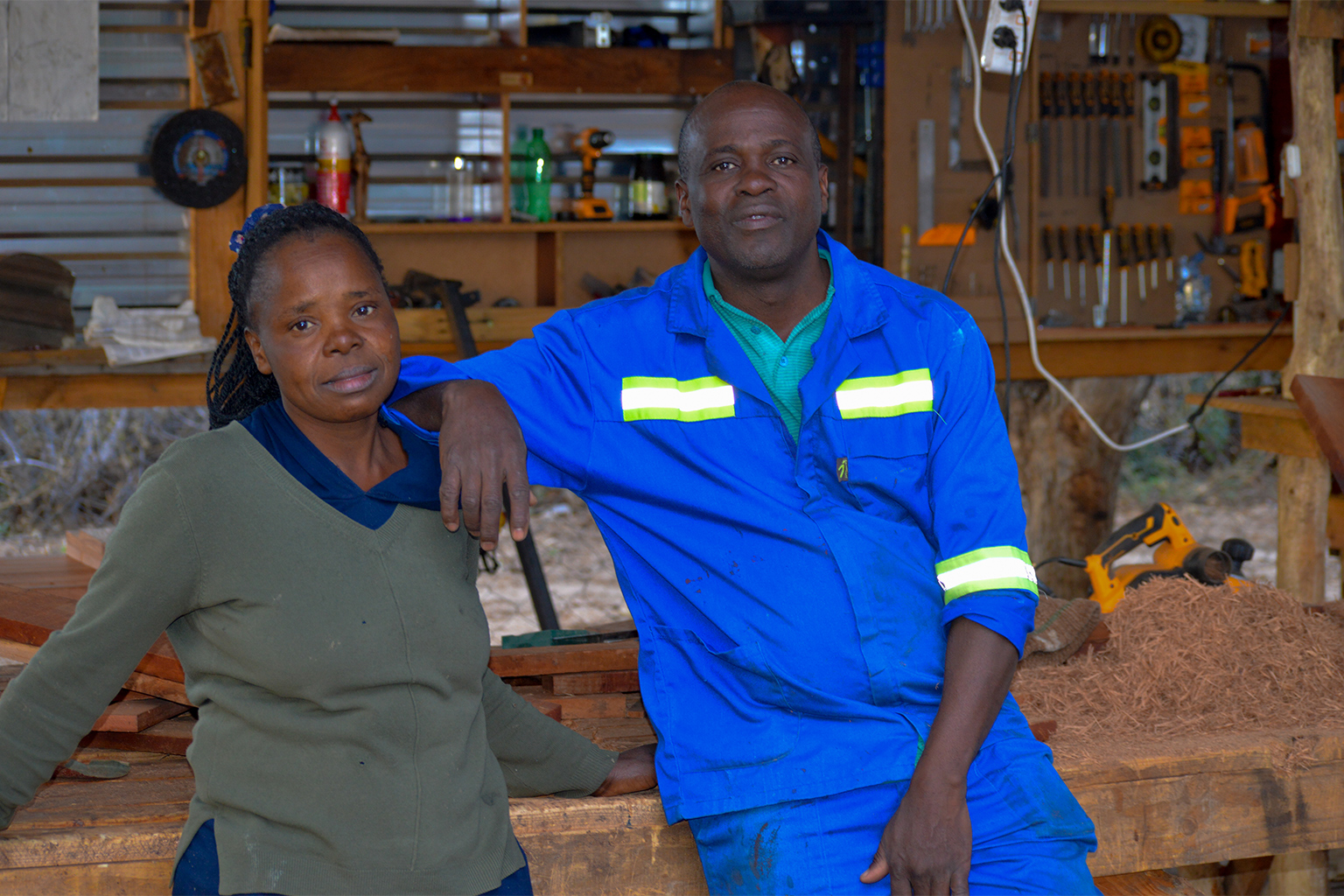
Like Ngamo, Nganyana donated some of its grazing land to the rhino project.
Moyo says he’s confident his community will help to protect the white rhinos – animals that, before they disappeared from the area, were considered to bring luck to anyone who encountered them.
Hundreds of eyes and ears will be on the lookout for suspected poachers, he says.
He envisages a time in the not-too-distant future when revenue from the project will go towards funding the creation of a vocational college for school leavers; drilling boreholes for irrigation; funding school fees for parents who can’t pay, and helping the elderly.
“That’s what made us say, ‘Okay, let’s go ahead with this project’. It’ll draw a lot of people here – from Victoria Falls, South Africa, overseas – coming to see the Big Five [charismatic animal species that include rhinos, lions, leopards, buffalo and elephants],” he tells Mongabay.
“Everyone now knows a rhino is money when the people come and see it, but not when it’s dead.”
Banner image: Thuza and Kusasa are two white rhino bulls that are the first of this endangered species to be kept on community-owned land in Zimbabwe. Image by Ryan Truscott for Mongabay.
Related audio from Mongabay’s podcast: Maxi Pia Louis directs a Namibian organization that works with local communities to support conservation, listen here:
FEEDBACK: Use this form to send a message to the author of this post. If you want to post a public comment, you can do that at the bottom of the page.
